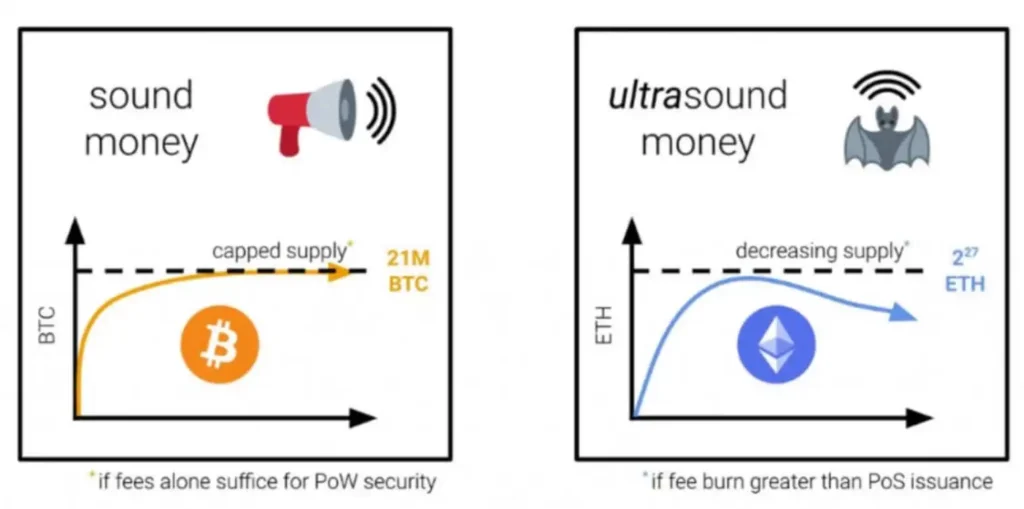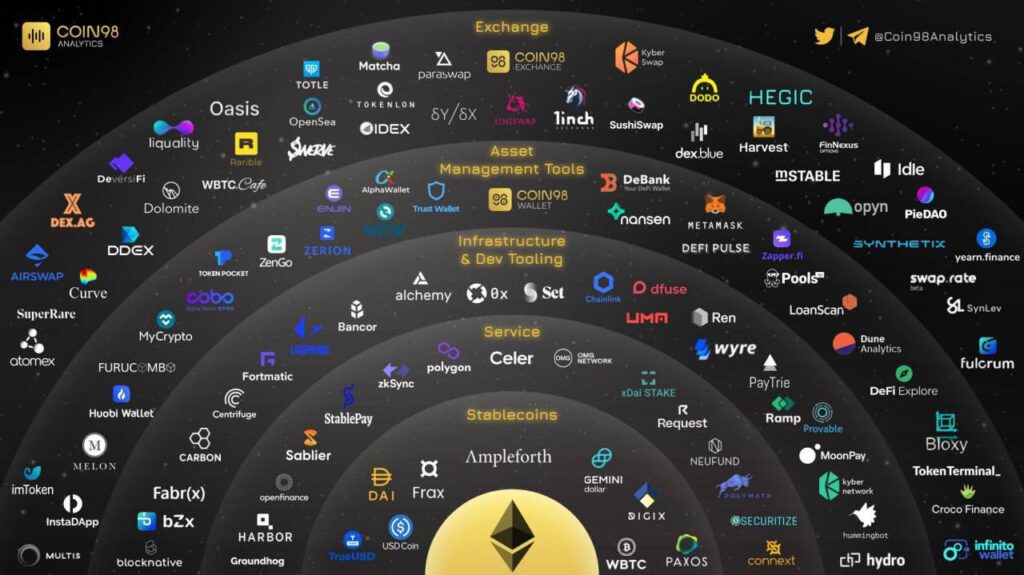
The crypto world buzzes with terms that capture big shifts, and flippening stands out as one signaling potential upheaval. Coined years back, it points to a scenario where Ethereum might edge past Bitcoin in key metrics, sparking debates across forums and analyses. As of mid-2025, with Bitcoin holding firm above $60,000 and Ethereum pushing boundaries post-upgrades, questions like will it overtake bitcoin gain traction. This piece dives into what flippening means, why it could happen, and the ripples if ETH claims the throne. Drawing from market trends and expert views, we’ll unpack implications for investors, ecosystems, and the broader space. Recent data shows ETH’s market cap climbing, fueling speculation amid ETF inflows and tech advances.
Unpacking Flippening Basics
Flippening meaning boils down to Ethereum surpassing Bitcoin, typically in market capitalization—the total value of circulating coins. First whispered in 2017 during ETH’s early boom, it represents a power flip from BTC’s dominance as digital gold to ETH’s role as a versatile platform. Flippening isn’t just hype; it ties to fundamentals like transaction volume, developer activity, and real-world use.

Bitcoin, launched in 2009, pioneered the space as a store of value, scarce like gold with its 21 million cap. Ethereum, from 2015, brought smart contracts, enabling DeFi, NFTs, and dApps—expanding beyond simple transfers. The flippening would mark a milestone, suggesting utility trumps scarcity in valuation. As of August 2025, BTC’s cap hovers around $1.2 trillion, ETH at about $320 billion— a gap, but narrowing with ETH’s recent surges. Metrics like ETH/BTC ratio, at 0.055, show progress from lows.
Current Landscape of BTC and ETH
To gauge ethereum flippening odds, compare core stats. Bitcoin dominates with over 50% market share, backed by institutional buys and ETFs raking billions. Ethereum counters with ecosystem depth—TVL in DeFi tops $100 billion, dwarfing BTC’s Lightning Network. Upgrades like Dencun slashed fees, boosting adoption.
Here’s a table contrasting key aspects as of mid-2025:
| Metric | Bitcoin | Ethereum | Edge To |
| Market Cap | ~$1.2T | ~$320B | BTC |
| Dominance | 52% | 17% | BTC |
| Daily Txns | ~400K | ~1.2M | ETH |
| Developer Activity | Moderate | High (GitHub commits) | ETH |
| Use Cases | Store of value, payments | DeFi, NFTs, dApps | ETH |
| Energy Use | High (PoW) | Low (PoS since 2022) | ETH |
| ETF Inflows (YTD) | $15B+ | $10B+ | BTC |
| Price Volatility (30-day) | 25% | 35% | ETH (higher risk/reward) |
This snapshot reveals BTC’s lead in stability, ETH’s in innovation. Flippening bitcoin would require ETH closing the cap gap, possibly via price jumps to $10K+.
Drivers Behind a Potential Shift
Could ethereum overtake bitcoin? Several forces suggest yes. ETH’s utility shines—hosting most DeFi ($90B+ TVL) and NFTs, it generates real revenue via fees. Bitcoin, while secure, lacks this breadth, relying on scarcity narrative. ETH’s PoS switch cut energy use 99%, appealing to ESG investors. Upgrades like Prague aim for 100K TPS, outpacing BTC’s 7.
Institutional flows favor ETH—ETFs saw $10B inflows in 2025, narrowing ratios. Developers flock to ETH (4x BTC’s count), fostering innovation. Layer-2s like Optimism scale cheaply, drawing users. Joseph Lubin, ETH co-founder, predicts flippening by 2026, citing broader adoption. Can ethereum overtake bitcoin? If trends hold, yes—ETH’s “real use potential” edges BTC’s gold-like status.
Market Ripples from a Flip
If the flippening hits, markets transform. ETH as top dog could redirect capital, boosting altcoins tied to its chain. BTC might pivot harder to store-of-value, while ETH cements as web3 backbone. Volatility spikes short-term, with pumping, BTC dipping on sentiment.
Investors see shifts: holders celebrate, BTC maxis defend. Diversification becomes key, as flip signals maturing space. Regs might adapt, viewing ETH as utility token. Broader economy feels it—more DeFi adoption accelerates finance decentralization.
Ecosystem Impacts Explored
Beyond prices, ecosystems shift. ETH’s lead amplifies layer-2 growth, drawing devs from BTC sidechains. NFTs, gaming thrive on ETH’s tools, potentially eclipsing BTC’s Ordinals. Bitcoin’s narrative as “digital gold” holds, but ETH’s as “world computer” gains clout.

Will eth overtake bitcoin in adoption? Likely – dApps host billions in value, vs BTC’s focus on holdings. Cross-chain bridges might boom, blending networks. For miners/stakers, ETH’s PoS favors holders, BTC’s PoW rewards hardware.
Investor Angles and Strategies
For investors, flippening reshapes portfolios. ETH exposure surges, with funds reallocating from BTC. Risks rise—overhype could crash if unmet. Strategies include:
- Balance holdings: 60/40 BTC/ETH hedges bets.
- Watch ratios: ETH/BTC above 0.1 signals momentum.
- Stake ETH: Earn yields while holding.
- Diversify alts: Layer-2 tokens like OP benefit.
- Monitor news: ETF flows, upgrades drive moves.
- Use tools: Trackers like Bitbo for flippening watches.
- Hedge futures: Bet on ratios via derivatives.
These keep you agile. For seamless ETH to BTC swaps without KYC, SwapGate handles crypto-to-crypto exchanges efficiently and securely.
Debates and Counterpoints
Not everyone buys the hype. BTC maxis argue its scarcity and network effects lock dominance. ETH faces scaling woes, despite upgrades, and governance risks from centralization claims. Flippening bitcoin might never hit if BTC’s “gold” status endures. Analysts split—some eye $20K ETH by 2026, others see BTC pulling ahead on halvings.
Social chatter amplifies: X posts speculate on timelines, with bulls citing inflows. Counterviews highlight BTC’s ETF edge. The debate fuels volatility, drawing fresh capital.
Conclusion: Long-Term Horizon
Looking ahead, flippening could redefine crypto. If ETH leads, DeFi mainstreams, accelerating web3. BTC evolves as reserve asset, coexisting. Broader adoption—ETH in payments, BTC in reserves—diversifies the space. Challenges like regs loom, but innovation pushes forward. By 2030, multiple “flips” might occur with rising alts.